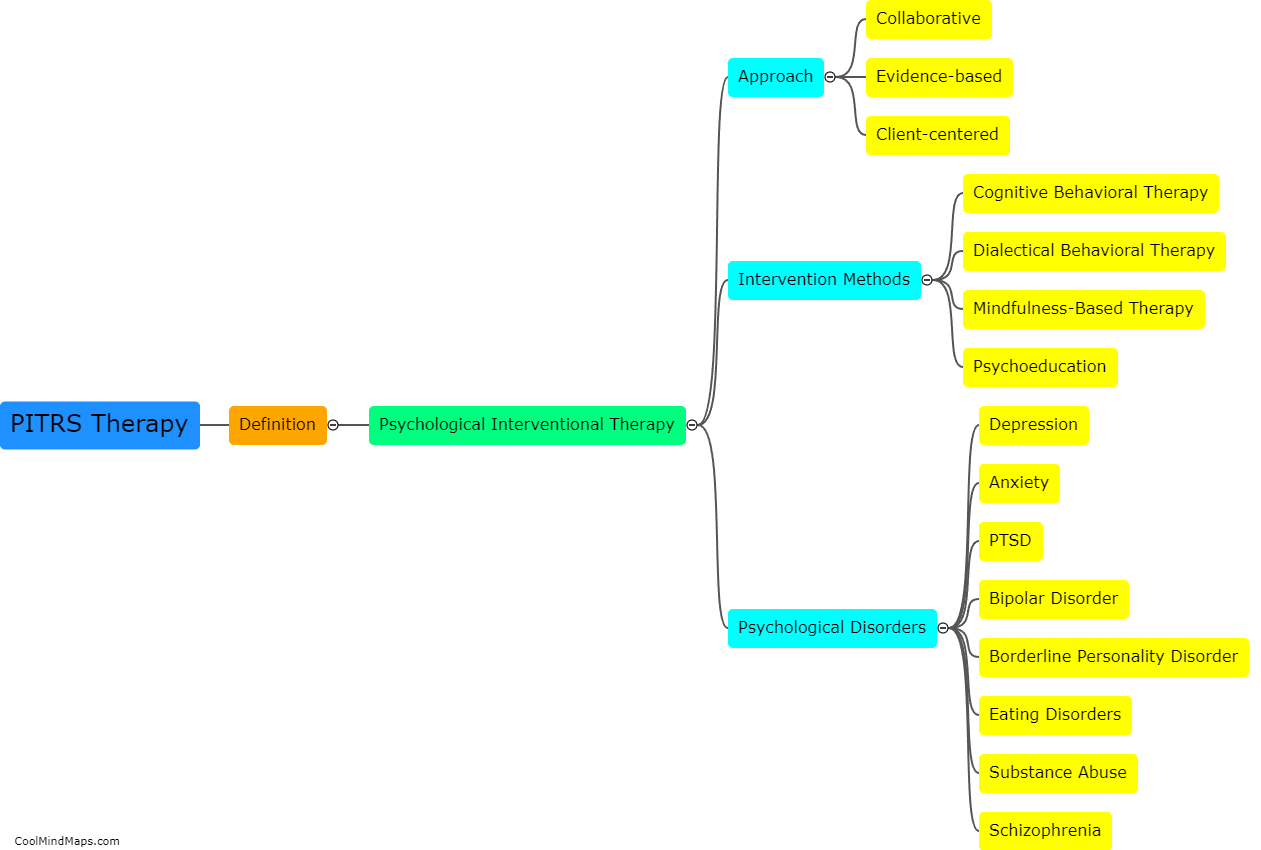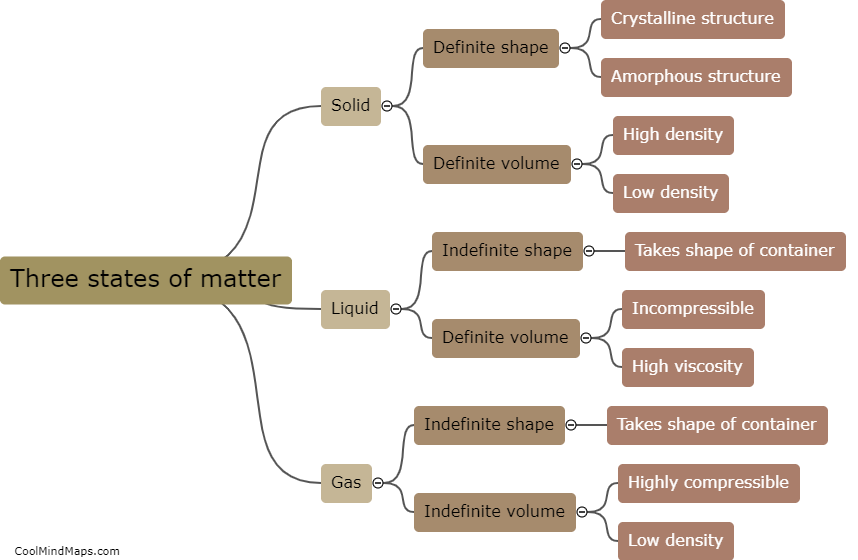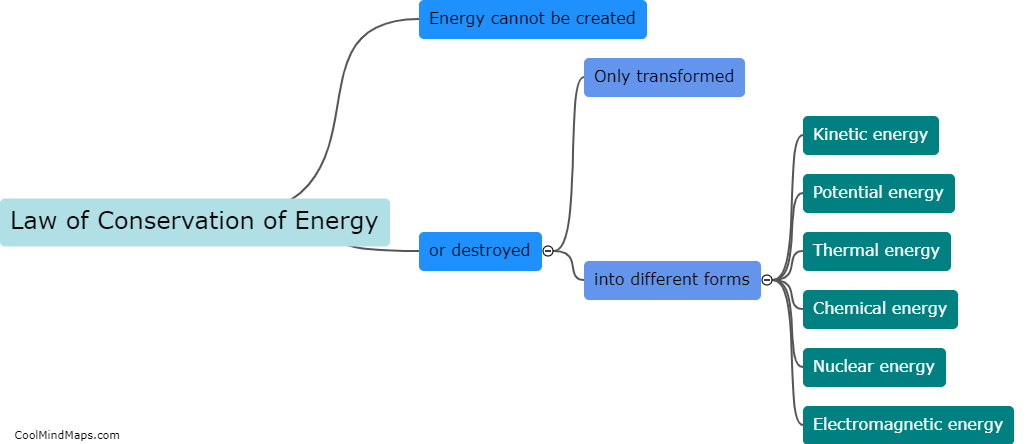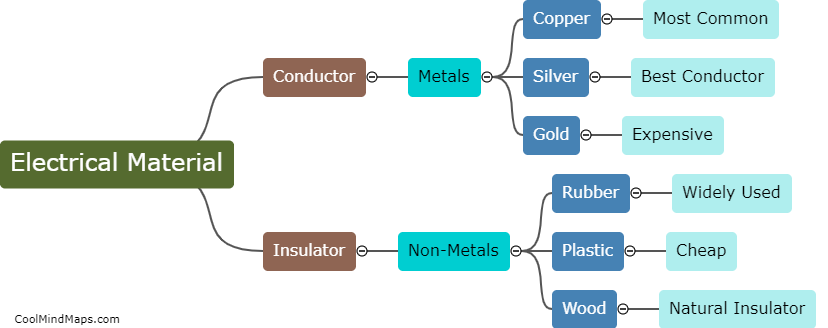What is Ohm's Law?
Ohm's Law is a fundamental principle in the study of electricity, which is used to calculate the relationship between three basic electrical quantities: the voltage (V) or potential difference, measured in volts (V); the current (I), measured in amperes (A); and the resistance (R), measured in ohms (Ω). It states that the current flowing through a conductor between two points is directly proportional to the voltage across those points and inversely proportional to the resistance between them. In other words, as the voltage increases, the current will also increase, whereas as the resistance increases, the current will decrease.

This mind map was published on 17 April 2023 and has been viewed 118 times.











